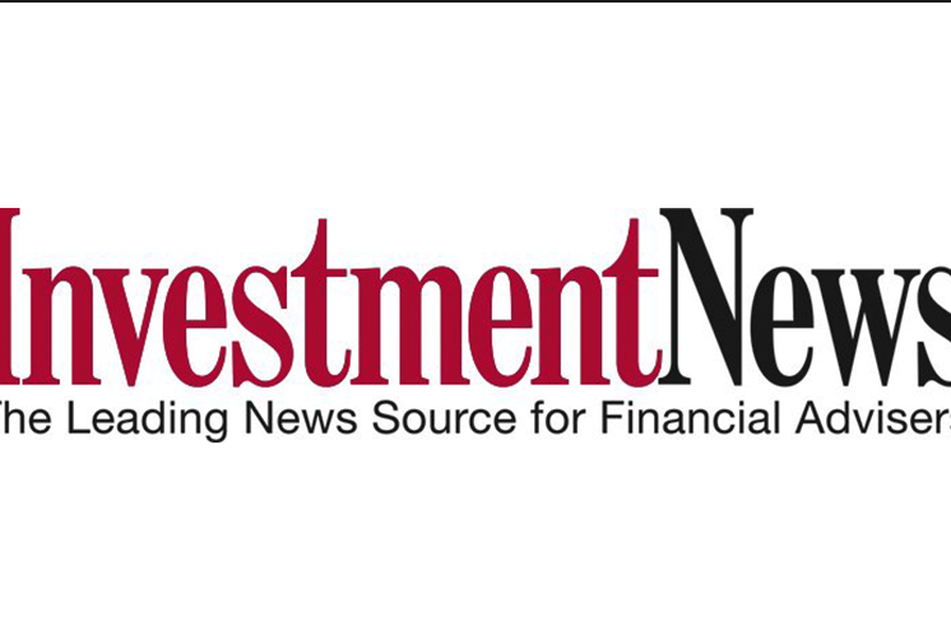Target-date-fund fees fall for ninth consecutive year

Nearly 95% of net TDF inflows in 2017 went to passive series, Morningstar says.
The average asset-weighted expense ratio for a target-date mutual fund series fell to 66 basis points in 2017, making it the ninth consecutive year the ratio has declined, said Morningstar’s latest annual survey of target-date funds released Monday.
The average expense ratio for 2017 is down 5 basis points from 2016 and 37 basis points from 2009. The report’s authors attributed the continued fee decline, in part, to “the injection of more passive exposure within historically active target-date series and the launch of series that blend active and passive funds.”
Overall, target-date mutual fund assets rose to about $1.1 trillion at the end of 2017, up 26.1% from 2016, driven by a record estimated $70 billion in net inflows (vs. $59 billion in 2016) and positive investment returns (average returns ranged from 8.8% to 21.3%), the report found. Nearly 95%, or $67 billion, of the estimated net inflows in 2017 went to passive target-date series.
“Target-date funds had another big year in 2017 with an all-time high of $70 billion in estimated net flows,” Jeff Holt, director of manager research for multiasset and alternative strategies and co-author of the report, said in a news release. “Even more remarkable than the funds’ strong growth, though, was seeing the heightened demand for low-cost, passive target-date series.” Since 2015, passive target-date series’ net inflows have exceeded those for active series.
Other findings from the report:
• Vanguard Group, Fidelity Investments and T. Rowe Price Group continue to run the lion’s share of target-date mutual fund assets. Their combined market share was 69.8% at the end of 2017, relatively flat from 70.5% at the end of 2016.
• Vanguard, which remains the largest target-date mutual fund provider, saw its 2017 market share increase 2.6 percentage points to 34.4%. Fidelity and T. Rowe Price’s market share declined 1.4 percentage points and 1.9 percentage points, respectively, to 20.5% and 14.9%.
• Voya Investment Management reported the largest drop in fees in 2017 (a 28-basis-point reduction), driven by reduced underlying fund fees and increased net inflows to its cheapest share class, according to the report.
• Where target-date providers have launched additional lower-cost series, “those series generally have been the most popular, but not all have produced better performance results than older, more-costly ones,” the report’s authors said.
“Target-date investors clearly stand to benefit from lower costs, but it is critical that those selecting target-date funds — retirement plan sponsors or investors — know what’s behind the price tag,” Mr. Holt added in the news release.
The full report is available on Morningstar’s website.
(More: U.S. target-date funds have strong home-country equity bias)
Learn more about reprints and licensing for this article.





